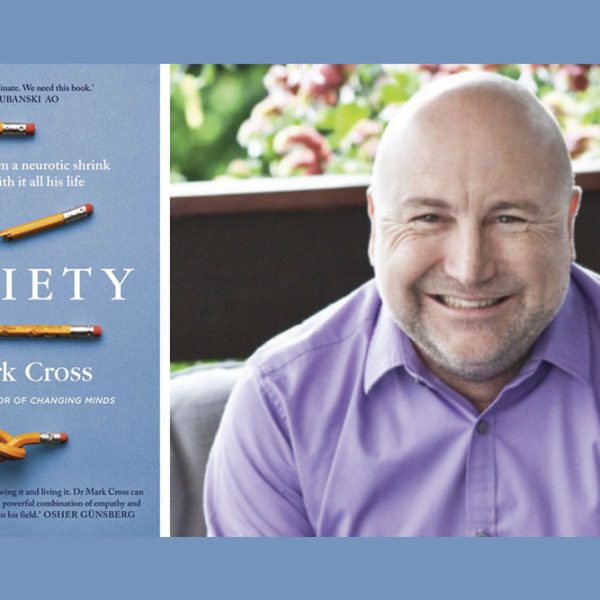The Case for Leadership Development post COVID-19
Building leadership has never been as important as it is now. The primary reason is that right now, anxiety is universally high. Most of us can confess to feeling more anxious, and we don’t have to look any further than our local Woolies to see extreme anxiety at work.
Robert Kegan and Lisa Lahey in their ground-breaking book Immunity to Change said,
“Anxiety, we have gradually come to appreciate, is the most important – and least understood – private emotion in public life.”
And,
“It is not change that causes anxiety; it is the feeling that we are without defences in the presence of what we see as danger that causes anxiety.”
Kegan and Lahey emphasise anxiety as the key leadership issue because all of the three universal reactive tendencies, each of which cancel our best leadership aspirations, are driven by anxiety. Our fears of losing control, of putting important relationships at risk, or being exposed as ignorant, all go into hyperdrive when anxiety is elevated. These fears, if unexamined and poorly managed, drive behaviours that directly undo our leadership. Those behaviours don’t engage, don’t inspire, and don’t set a compelling direction for others.
Our reactive tendencies drive us either to work harder, longer and faster, as if that was the best and smartest response, or to just disengage and become passive and defeated.
Right now, more than ever, we need more people looking beyond their immediate anxiety to demonstrate leadership. We need to build in our managers and senior leaders the capacity to notice their anxiety and not be informed and driven by it. We need them to be asking better questions, thinking more strategically, and taking action that is deeply informed by that thinking.
Understanding the difference between our anxiety-driven behaviour and that behaviour which is informed by our creative selves, has always been where leadership begins. At this time, investing in our people to enable them to offer leadership from their creative self is undoubtedly the smartest move we can make. Organisations that are led and run by managers who dig deep in anxious times, who ensure their leadership is up to the challenge, and who help others to live the best version of themselves, will thrive.



